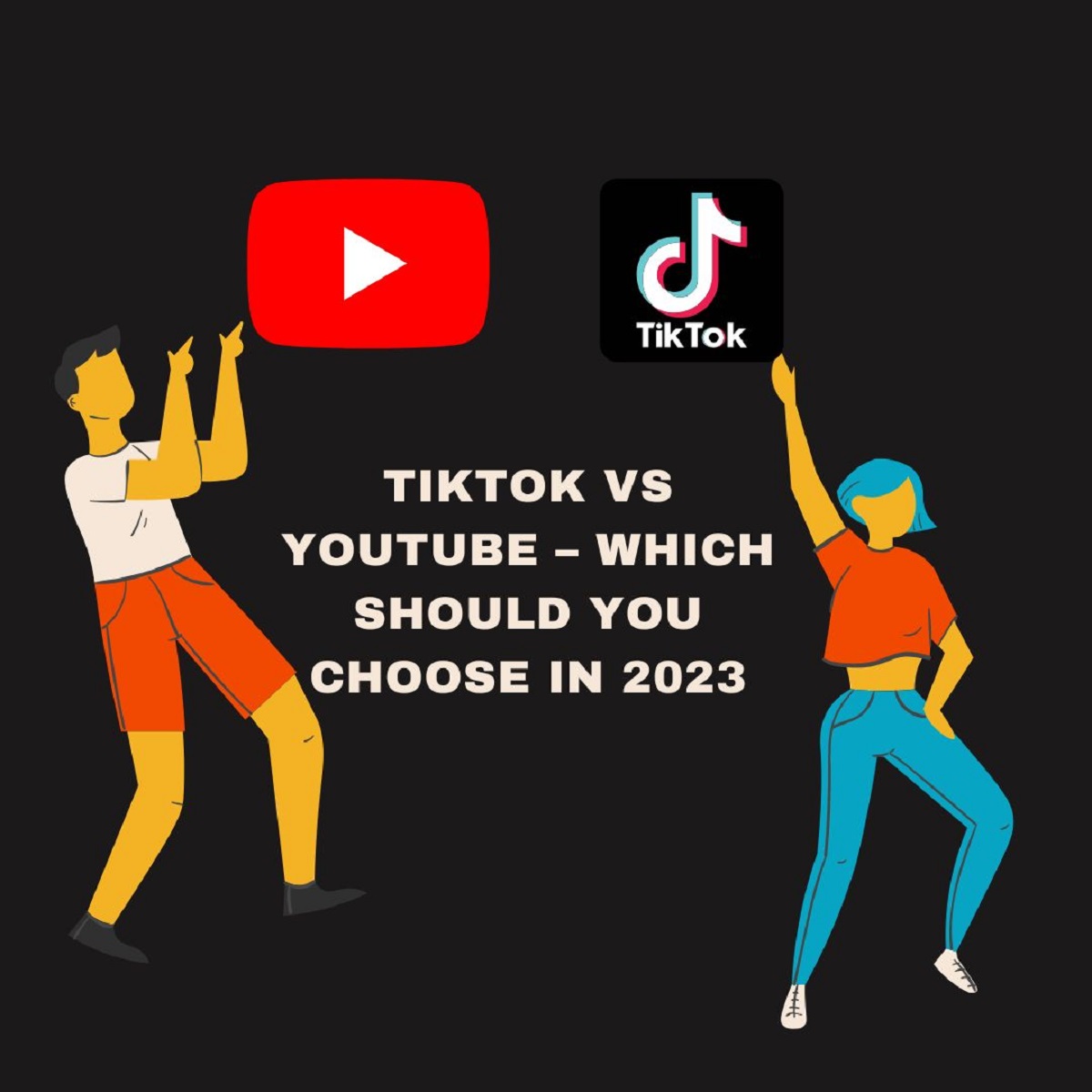In today’s digital age, social media platforms have become an integral part of our lives. Whether it’s entertainment, education, or information, social media provides us with all kinds of content. Among the many social media platforms available, TikTok and YouTube have become immensely popular for content creators. However, with so many choices, it can be challenging to decide which platform to choose for your content creation. In this article, we’ll provide a comprehensive guide on TikTok vs YouTube – Which Should You Choose in 2023?
Table of Contents
TikTok vs YouTube – An Overview
What is TikTok?
TikTok is a video-sharing social media platform that allows users to create and share short-form videos with their followers. It has a wide range of video editing tools and effects, making it a popular choice among content creators. TikTok also has a unique algorithm that promotes videos to users’ “For You” page, increasing discoverability.
Key Statistics About TikTok
TikTok is a social media platform that has taken the world by storm in recent years. Since its launch in 2016, TikTok has grown exponentially, with millions of people around the world using the app on a daily basis. Here are some key statistics about TikTok:
- TikTok has over 1 billion active users worldwide. This makes it one of the most popular social media platforms in the world.
- The app is available in over 150 countries and is translated into over 75 languages.
- TikTok has been downloaded over 2 billion times on the App Store and Google Play Store.
- The average user spends 52 minutes per day on the app.
- 90% of TikTok users access the app on a daily basis.
- The majority of TikTok users are between the ages of 16 and 24, although the app is becoming increasingly popular with older age groups.
- TikTok has over 100 million monthly active users in the United States alone.
- TikTok users create and share an average of 15 videos per day.
- The most-followed user on TikTok is Charli D’Amelio, with over 140 million followers.
- TikTok has become a major player in the music industry, with many artists using the app to promote their music and connect with fans.
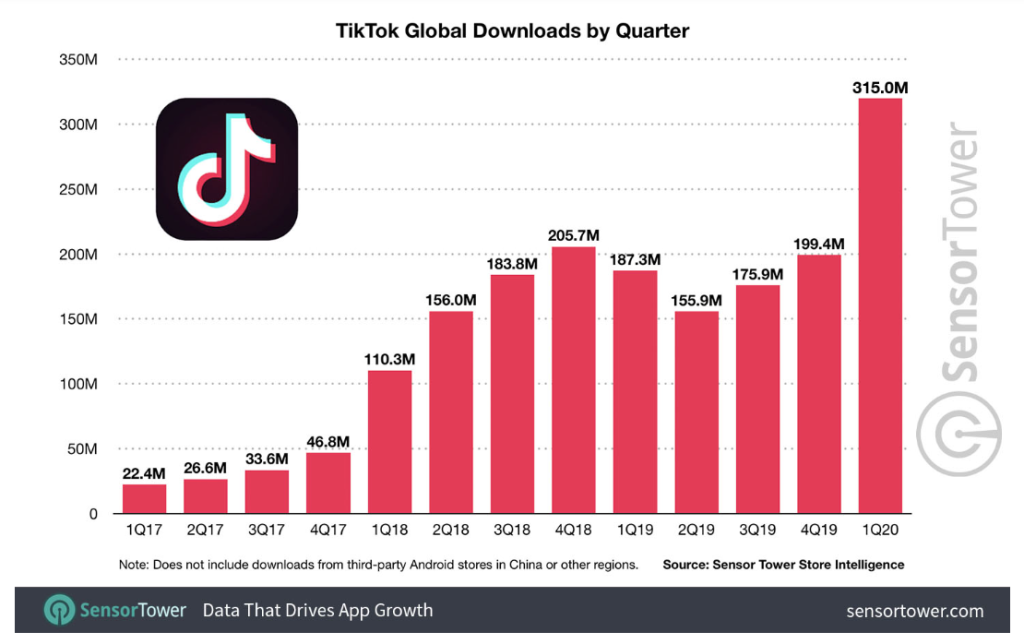
What is YouTube?
YouTube is a video-sharing platform owned by Google, where users can upload, view, and share videos. It is one of the largest social media platforms with over 2 billion monthly active users. YouTube has a wide range of content categories, from music and entertainment to education and news.
Key Statistics About YouTube
YouTube is the largest video-sharing platform in the world and has been a dominant force in the online media landscape for over a decade. Here are some key statistics about YouTube:
- YouTube has over 2 billion monthly active users worldwide, making it the second most visited website in the world after Google.
- The platform is available in over 100 countries and is localized in over 80 languages.
- YouTube is used by people of all ages, but the largest demographic is 18-34-year-olds.
- The average YouTube session lasts for around 40 minutes.
- Over 500 hours of video content are uploaded to YouTube every minute.
- YouTube has over 31 million channels, and over 1 billion hours of video are watched on the platform every day.
- The most subscribed channel on YouTube is T-Series, an Indian music video channel, with over 195 million subscribers.
- The most-watched video on YouTube is “Baby Shark Dance,” which has over 9 billion views.
- YouTube has become a major platform for influencers and content creators, with many earning substantial incomes through the platform’s monetization options.
- YouTube’s parent company, Google, generates over 80% of its revenue from advertising, with YouTube being a major contributor to this revenue.
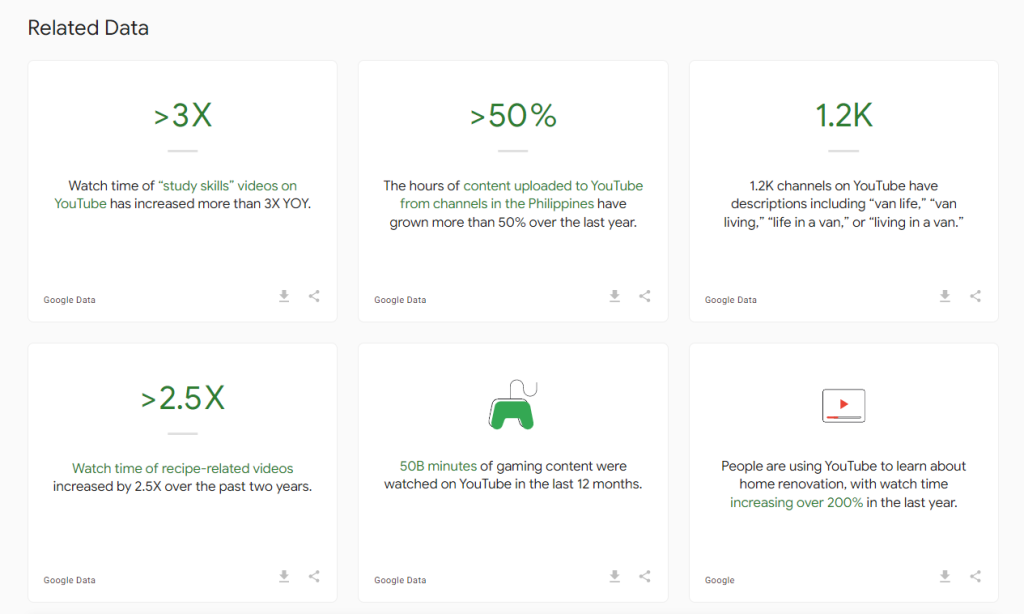
Popularity and Growth
Both TikTok and YouTube have experienced tremendous growth in recent years. TikTok has become one of the fastest-growing social media platforms, with over 1 billion active users worldwide. YouTube, on the other hand, has been around since 2005 and has grown into one of the most popular video-sharing platforms.
Comparison and Differences
TikTok and YouTube have different formats, user demographics, and monetization options. TikTok focuses on short-form, engaging videos with a younger audience, while YouTube caters to long-form, informative content with a wider range of age groups. However, both platforms have a massive reach and can be used for content creation and monetization.
User Base and Demographics
Age and Gender
TikTok has a younger user base, with over 62% of its users aged between 10 and 29 years. The platform is also popular among females, with 60% of the users being female. YouTube, on the other hand, has a more diverse user base, with 73% of its users aged over 18 years.
Global Reach and Usage
TikTok has a massive global reach, with over 800 million active users outside of China. The platform is particularly popular in India, the United States, and Brazil. YouTube, on the other hand, has a more extensive reach, with localized versions in over 100 countries.
Audience Behavior and Interests
TikTok users are known for their engagement and participation, with over 90% of users watching videos daily. The platform also has a diverse range of interests, with popular categories like dance, comedy, and cooking. YouTube users are more likely to watch longer videos, with the platform being popular for tutorials, reviews, and news.
Content Creation, Format, and Strategy
Video Duration and Quality
TikTok videos are limited to a maximum duration of 60 seconds, making it ideal for short-form, snackable content. The platform also offers various video editing tools and effects, enabling creators to produce high-quality videos. YouTube, on the other hand, has a more flexible video duration limit, with videos ranging from a few seconds to several hours.
Editing and Effects
TikTok offers a range of video editing tools and effects, making it easy for creators to produce engaging content. The platform has features like filters, music, and sound effects that creators can use to enhance their videos. YouTube also offers a range of editing tools, but they are more limited compared to TikTok.
Audio and Music
TikTok is known for its music-centered content, with the platform allowing users to add popular music tracks to their videos. The platform has a vast music library, making it easy for creators to find suitable tracks for their content. YouTube also allows users to add music to their videos, but the process is more complex and requires copyright clearance.
Live Streaming and Interaction
Both TikTok and YouTube allow creators to live stream their content. However, TikTok offers a more interactive experience with features like live Q&A, live donations, and real-time commenting. YouTube also has live streaming capabilities, but it is more geared towards informative and educational content.
TikTok Content Strategy
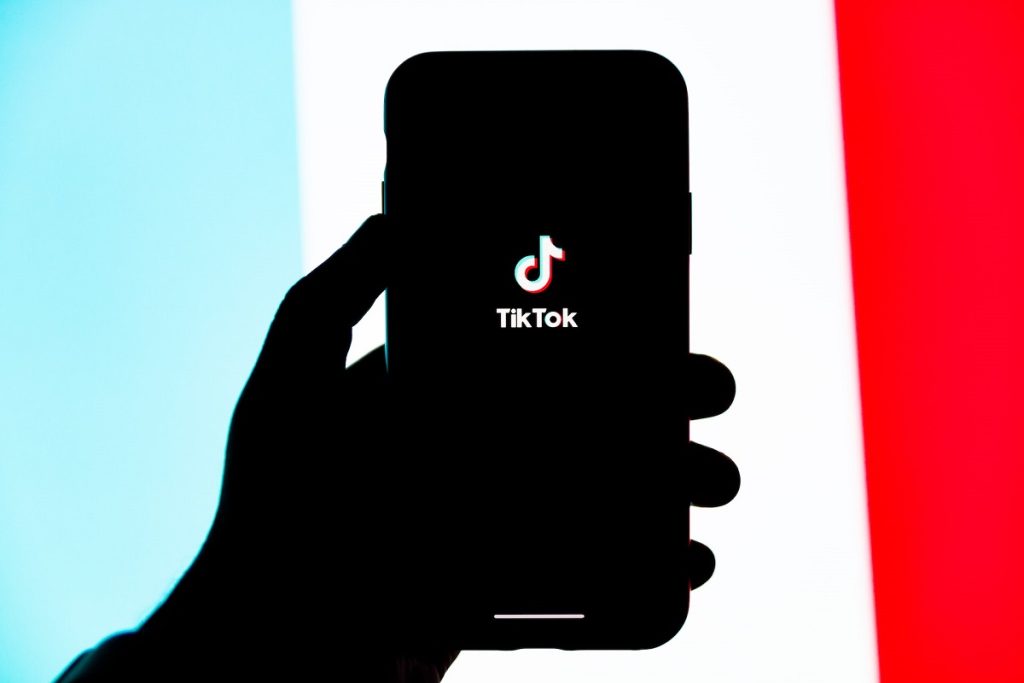
Once you know your audience, you can start developing your TikTok content strategy. Here are some tips:
- Choose your video themes: Think about the topics that will interest your audience and help you achieve your business goals. This could include product demonstrations, behind-the-scenes footage, user-generated content, and more.
- Plan your video shoots: Use storyboards and shot lists to plan out your videos in advance and ensure that you capture the footage you need.
- Use eye-catching visuals: TikTok is a visual platform, so use visuals that will capture your audience’s attention. This could include bright colors, bold text, and unique camera angles.
- Keep it short and sweet: TikTok videos are short (15 to 60 seconds), so keep your videos concise and to the point.
YouTube Content Strategy
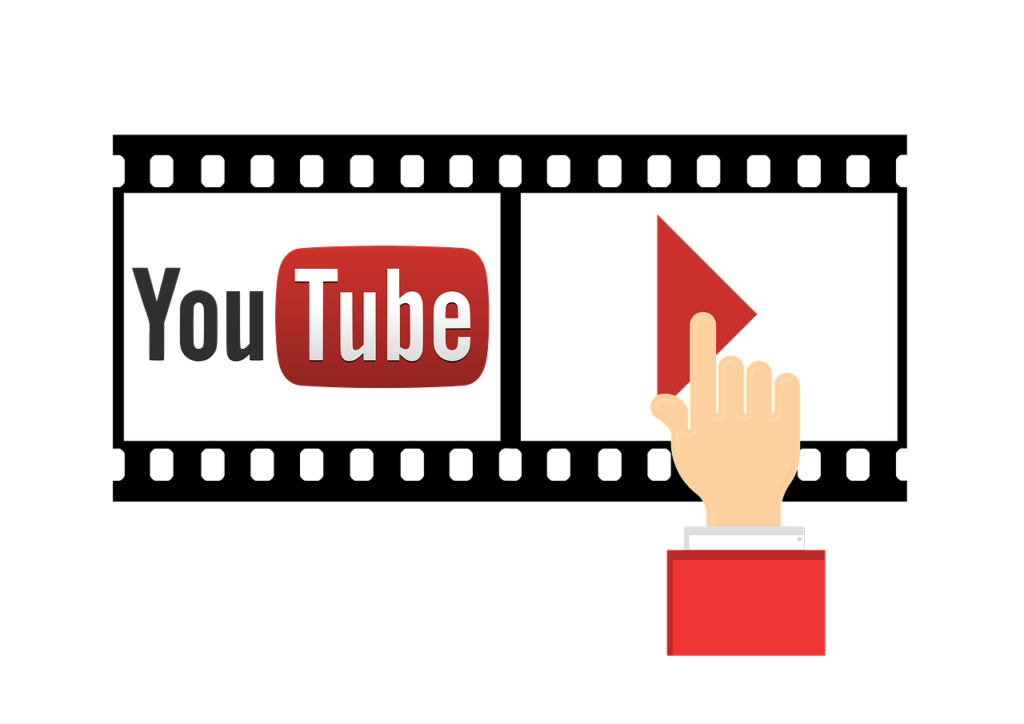
Creating high-quality video content is essential if you want to stand out on YouTube. Here are some tips:
- Use high-quality equipment: Invest in a good camera, microphone, and lighting equipment to ensure that your videos look and sound professional.
- Keep it short and sweet: Attention spans are short, so keep your videos concise and to the point.
- Use engaging visuals: Use visuals like animations, graphics, and b-roll footage to keep your viewers engaged.
- Add captions and subtitles: This will make your videos more accessible to viewers who are deaf or hard of hearing, and can also help improve your videos’ SEO.
Monetization Options
TikTok Monetization
TikTok offers various monetization options for creators, including brand partnerships, sponsored content, and the TikTok Creator Fund. The TikTok Creator Fund allows creators to earn money based on the views and engagement of their videos.
YouTube Monetization
YouTube has several monetization options, including ads, sponsorships, merchandise, and YouTube Premium. Creators can earn money through the YouTube Partner Program, which allows them to monetize their content with ads.
Requirements for Monetization
Both TikTok and YouTube have specific requirements that creators need to meet before they can monetize their content. TikTok requires creators to have at least 100,000 followers and 100,000 video views in the past 30 days to join the Creator Fund. YouTube requires creators to have 1,000 subscribers and 4,000 watch hours in the past 12 months to join the Partner Program.
Ad Revenue and Sponsorship
Both TikTok and YouTube offer ad revenue as a monetization option. Creators can earn money by placing ads in their videos, and they earn a portion of the revenue generated by those ads. Sponsorship is also a common way for creators to earn money. Brands will pay creators to promote their products or services in their content.
Merchandising and Sales
Both platforms allow creators to sell merchandise and products to their audiences. TikTok has a feature called “TikTok Shop” where creators can sell their products, while YouTube has a merchandise shelf where creators can showcase their products and merchandise.
Donations and Tipping
Donations and tipping are also popular monetization options on both platforms. TikTok has a feature called “Gifts” where viewers can purchase virtual gifts and send them to their favorite creators. On YouTube, viewers can donate money directly to creators through Super Chat and Super Stickers.
Algorithm and Discoverability
For You Page and Trending
TikTok’s “For You” page is where users can discover new content that is tailored to their interests. The algorithm analyzes user behavior, such as videos they watch, share, and like, and uses that information to suggest new content. Trending is another way to discover popular content on TikTok.
Search and SEO
On YouTube, creators can optimize their videos for search engines by using keywords in their video titles and descriptions. YouTube’s algorithm also takes into account engagement metrics such as likes, comments, and views.
Analytics and Insights
Both TikTok and YouTube provide creators with analytics and insights to help them understand their audience and their content’s performance. Creators can use this data to optimize their content and increase engagement.
Brand Promotion and Marketing

Influencer Marketing and Endorsement
Influencer marketing and endorsement are common ways for brands to promote their products and services on both platforms. Brands will pay creators to promote their products to their audience.
Sponsored Content and Brand Deals
Sponsored content and brand deals are another way for creators to earn money on both platforms. Brands will pay creators to create content that features their products or services.
Hashtag Challenges and Campaigns
Hashtag challenges and campaigns are popular ways for brands to increase their visibility on both platforms. Brands will create a hashtag and challenge users to create content using that hashtag. This can help increase brand awareness and engagement.
Community and Engagement

Comments and Replies
Both platforms allow users to leave comments on videos, and creators can respond to those comments. This is a great way to engage with your audience and build a community.
Likes and Shares
Likes and shares are important engagement metrics on both platforms. Creators can use likes and shares to measure their content’s performance and popularity.
Follows and Subscriptions
Follows and subscriptions are also important engagement metrics. Creators can use this data to understand their audience and their content’s performance.
Data and Privacy Concerns TikTok vs YouTube
User Data Collection and Protection
Both platforms collect user data, and there have been concerns about how that data is used and protected. It’s important for users to be aware of the data collected and how it is used.
Policy and Compliance
Both platforms have policies in place to ensure user safety and compliance with regulations. Creators should be aware of these policies and follow them to avoid any potential issues.
Safety and Security
Both platforms take user safety and security seriously. Creators should be aware of the safety features available and take steps to ensure their content and account are secure.
YouTube for Business: The Ultimate Guide to Boost Your Online Presence
YouTube has become a powerful force in the world of online video, with over two billion monthly active users and more than one billion hours of video watched every day. The platform has also become a popular destination for businesses, with over 70% of marketers using YouTube to promote their brands.
Using video marketing through YouTube for Business can provide numerous benefits to your business, including:
- Increased brand awareness: YouTube has an enormous audience, and creating video content can help you reach a much wider audience than traditional marketing methods.
- Improved SEO: YouTube is owned by Google, and videos hosted on the platform are more likely to appear in search engine results pages (SERPs) than other types of content.
- Enhanced engagement: Video content is more engaging than text-based content, and can help keep your audience’s attention for longer periods of time.
- Increased traffic and sales: Video content can help drive traffic to your website, increase conversions, and ultimately boost sales.
TikTok for Business: A Guide to Building Your Brand on the Hottest Video Platform
If you’re looking to connect with younger consumers and build your brand, you can’t afford to ignore TikTok. With more than 1 billion active users, this short-form video app is one of the hottest platforms on the market, and it’s quickly becoming a go-to destination for marketers and businesses of all sizes. In this guide, we’ll show you how to get started with TikTok for Business and use this platform to grow your brand, reach new customers, and engage with your audience.
To create effective TikTok content, you need to understand your audience. Here are some tips for getting to know your followers:
- Analyze your TikTok analytics: TikTok’s analytics dashboard can give you insights into your followers’ demographics, interests, and behaviors.
- Use customer feedback: If you have a customer feedback program, use this feedback to identify common pain points and interests among your followers.
- Conduct market research: Use tools like surveys and focus groups to get a better understanding of your target audience.
TikTok vs YouTube Similarities
YouTube and TikTok are two of the most popular social media platforms in the world, and despite their differences, they share several similarities. Here are some similarities between YouTube and TikTok:
- User-generated content: Both YouTube and TikTok are primarily driven by user-generated content. Users create and share videos on both platforms, which can be viewed and engaged with by other users.
- Mobile-first: Both YouTube and TikTok are designed for mobile devices and are primarily accessed through mobile apps. This makes them easily accessible and convenient for users on-the-go.
- Video-focused: Both platforms are focused on video content, with users creating and sharing short-form videos on TikTok and longer-form videos on YouTube.
- Influencer marketing: Both YouTube and TikTok have become popular platforms for influencer marketing, with brands partnering with popular content creators to promote their products and services.
- Algorithm-driven: Both platforms use algorithms to curate content for users. TikTok’s For You page and YouTube’s recommendations are both examples of how the platforms use algorithms to suggest content to users based on their interests and viewing history.
- Monetization options: Both platforms offer monetization options for content creators. YouTube offers ad revenue and sponsorship deals, while TikTok offers brand partnerships, donations, and merchandise sales.
Pros and Cons of TikTok and YouTube
Pros of TikTok:
- Short-form, engaging content
- Easy to create and edit videos
- Wide range of editing features
- Viral potential with the use of popular hashtags and challenges
Cons of TikTok:
- Limited content length
- Primarily geared towards a younger audience
- Limited monetization options for smaller creators
Pros of YouTube:
- Long-form, informative content
- Large, diverse audience
- Wide range of monetization options
- Higher potential for earning revenue
Cons of YouTube:
- Time-consuming content creation process
- Higher production quality expectations
- Difficulty standing out in a saturated market
TikTok vs YouTube Controversy
TikTok has faced scrutiny over its data privacy practices, particularly in relation to its Chinese parent company, ByteDance. In 2020, the United States government threatened to ban TikTok over national security concerns, alleging that the app was collecting data on American users that could be accessed by the Chinese government. TikTok has denied these allegations and has implemented measures to address concerns over data privacy.
YouTube has also faced controversy over its content moderation policies. The platform has been criticized for allowing harmful or inappropriate content to be posted, particularly with regards to hate speech, conspiracy theories, and extremist content. In response, YouTube has implemented stricter policies and procedures for content moderation, including removing videos that violate its policies and demonetizing channels that repeatedly post harmful content.
In addition to these controversies, TikTok and YouTube have also been involved in a recent feud between content creators on the platforms. In 2020, TikTok creator Charli D’Amelio became the most followed user on the platform, surpassing long-time YouTube star PewDiePie. This led to tensions between creators on both platforms, with some YouTube creators accusing TikTok creators of copying their content and using it without permission.
Which Platform Should You Choose in 2023 TikTok vs YouTube?
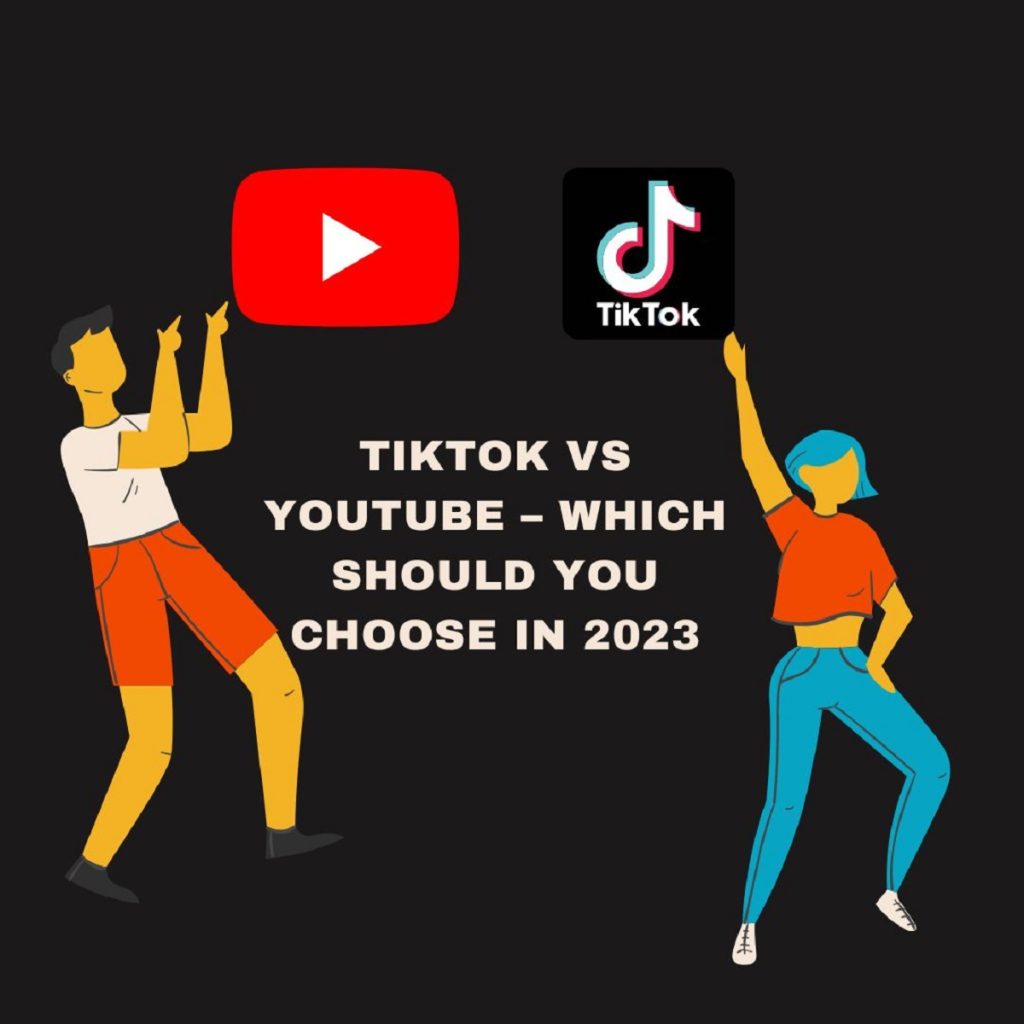
Consider Your Goals
Before choosing between TikTok and YouTube, you need to consider your content creation goals. If you are looking to create short-form, engaging content with a younger audience, TikTok might be the right choice for you. If you want to create informative, long-form content with a wider age range, YouTube might be a better fit.
Analyze Your Audience
Understanding your target audience is crucial when deciding between TikTok and YouTube. If your target audience is primarily young and female, TikTok might be the better platform for you. If your target audience is more diverse and aged over 18, YouTube might be a better choice.
Monetization Options
Both TikTok and YouTube offer various monetization options for creators. If you are looking to earn money through ads, sponsorships, and merchandise, YouTube might be the better choice. If you are interested in the TikTok Creator Fund, TikTok might be the better option.
Frequently Asked Questions (FAQs)
1: Can I use YouTube for Business for free?
Yes, you can use YouTube for Business for free. However, you may want to invest in equipment or advertising to help improve the quality and reach of your videos.
2: How often should I post new videos to my channel?
The frequency of your video uploads will depend on your audience and your business goals. Some businesses post new videos daily, while others post weekly or monthly.
3: Can I use music or other copyrighted content in my videos?
Using copyrighted content in your videos can lead to copyright strikes and potential legal issues. Instead, use royalty-free music and other content or obtain the necessary permissions to use copyrighted material.
4: What types of businesses are best suited for TikTok?
TikTok is a great platform for businesses that want to connect with younger audiences and build their brand in a creative and engaging way. Brands in industries like fashion, beauty, food, and entertainment tend to perform well on TikTok, but any business can benefit from using this platform.
5: How can I measure the success of my TikTok campaigns?
TikTok offers analytics tools that can help you track your video views, engagement, and follower growth. You can also use third-party tools to track website traffic and sales generated by your TikTok campaigns.
6: Can I use TikTok for Business if I don’t have a large budget?
Yes! TikTok offers a variety of ad formats and targeting options, so businesses of all sizes can find an option that fits their budget. Additionally, creating organic content on TikTok is free and can be a great way to reach new customers.
7: Can I use both TikTok and YouTube to promote my content?
Yes, many creators use both platforms to reach a wider audience and increase their visibility.
8: Can I monetize my content on TikTok and YouTube at the same time?
Yes, there is no rule that prohibits creators from monetizing their content on both platforms simultaneously.
9: Can I use music in my TikTok and YouTube videos?
Yes, both platforms have licensing agreements with various music labels that allow creators to use their music in their videos.
10: Can I earn a full-time income from TikTok and YouTube?
Yes, many creators have been able to turn their passion for content creation into a full-time career through monetization options and brand partnerships.
11: Is it better to start on TikTok or YouTube?
It depends on your content creation goals and target audience. Both platforms have their advantages and disadvantages, so it’s important to choose the platform that best aligns with your goals.
Conclusion
Choosing between TikTok vs YouTube can be challenging, but understanding the differences between the two platforms can help you make an informed decision. TikTok is ideal for short-form, engaging content with a younger audience, while YouTube is suitable for long-form, informative content with a diverse age range. Ultimately, the platform you choose depends on your content creation goals, target audience, and monetization preferences.

Alex is fascinated with “understanding” people. It’s actually what drives everything he does. He believes in a thoughtful exploration of how you shape your thoughts, experience of the world.
